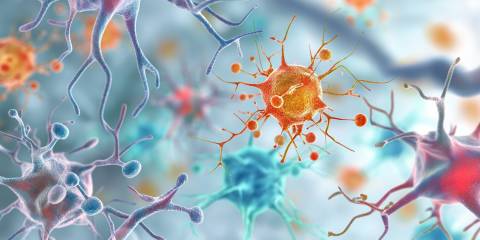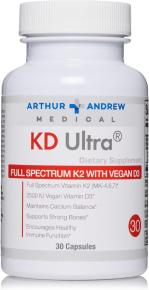Though there are many different definitions, I consider alcoholism to be present when drinking excessive alcohol is causing significant harm to one’s health, relationships or job.
Diagnosis
Denial is a common component of alcoholism. I have found that by the time most people wonder if they have an alcohol problem, they usually do.
Not sure? See if you can stop drinking for a month.
Causes
Alcohol is sometimes used excessively in an attempt to self-medicate for physical or emotional pain. The good news is that better options are available.
Symptoms
In addition to causing liver inflammation, excess alcohol routinely causes widespread nutritional deficiencies and can trigger numerous other health problems.
Treatments
There are two main approaches to treatment — either total abstinence or an interesting approach which supports moderation. To stop excessive alcohol consumption, you need to see whether your personality requires an "all or nothing" approach, or if moderation is an option.
In addition, the side effects of the excess alcohol need to be treated.
A knowledgeable physician can help with withdrawal.
-
General Diet Advice
-
Natural Sugars
In some people, low blood sugar may trigger alcohol cravings. You may find that drinking 4 ounces of orange juice (followed by a meal or some protein such as nuts, eggs, meat or cheese) may help settle the alcohol cravings.
-
-
Recommended Supplements
-
Multivitamins
Begin with nutritional support from a good multivitamin/mineral. Alcohol causes severe widespread nutrient losses.
-
B Vitamins
High-dose B vitamins can help support the brain.
-
Magnesium
Magnesium can help lower the risk of DTs (withdrawal shakiness or seizures).
-
-
Medication
-
The Sinclair Method
The Sinclair Method employs the use of a medication called Naltrexone, which blocks much of both the alcohol craving and high. This allows the person to drink in moderation, and has been quite effective in a number of studies.
The Sinclair Method is explained in the book The Cure for Alcoholism by Roy Eskapa PhD. We first heard about this method by downloading the iPhone app "Little Miracle Pill Cures Alcohol Addiction" by Amy Luwis, and found it to be helpful for certain people. Some people find this technique very rewarding as they feel that they can finally feel in control of their own actions and possibly regain the metabolic balance needed to drink alcohol at a normal level once again.
Essentially the technique is to take the medication Naltrexone one hour before consuming any type of alcoholic beverage. Complete avoidance of alcohol is not necessary. By affecting the opioid receptors, Naltrexone helps alcoholics feel that they do not have to drink in excess and therefore they often stop drinking after one or two drinks.
The dosage of the Naltrexone recommended by Sinclair is 50 milligrams. We have noticed that certain people cannot start at this dose. So if you wish to try this technique, we recommend considering starting out at a quarter or half of this dose and working up as needed to find the optimal dose for you.
Precautions
Do not take Naltrexone if you:
- are pregnant
- are on on opiates (narcotics)
- have acute hepatitis
- have liver failure
- are a successful teetotaler
-
-
Other Therapies and Advice
-
12-Step Programs
Enter a 12-step program such as Alcoholics Anonymous.
-





